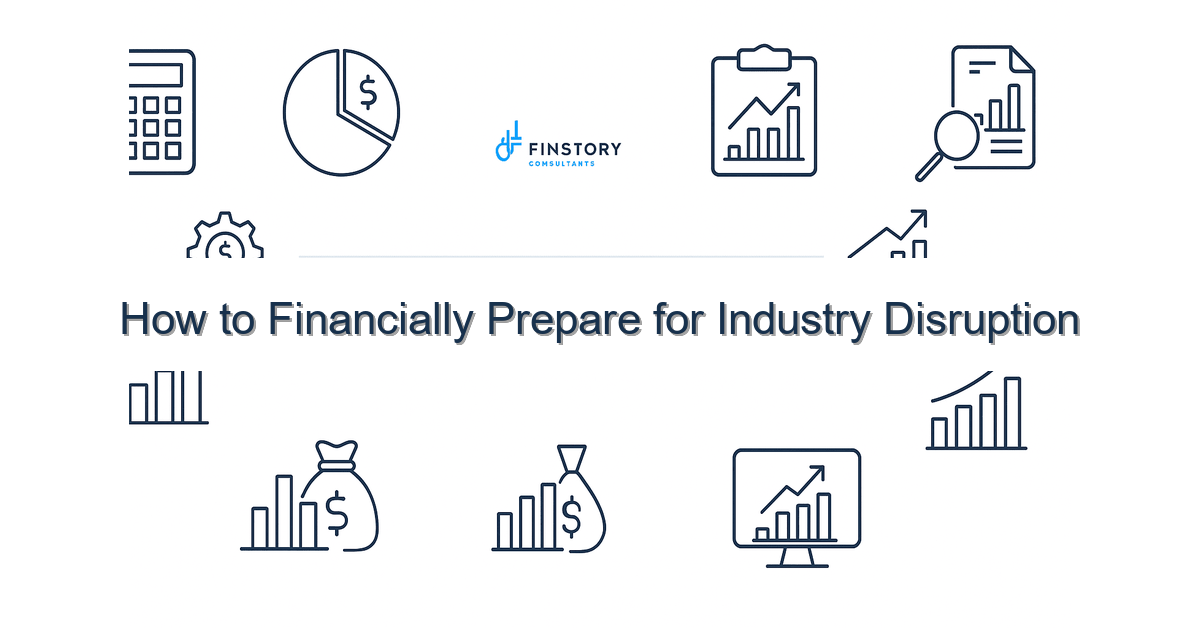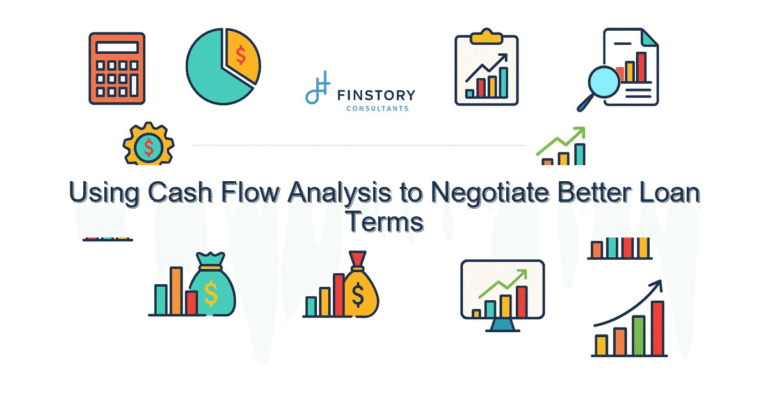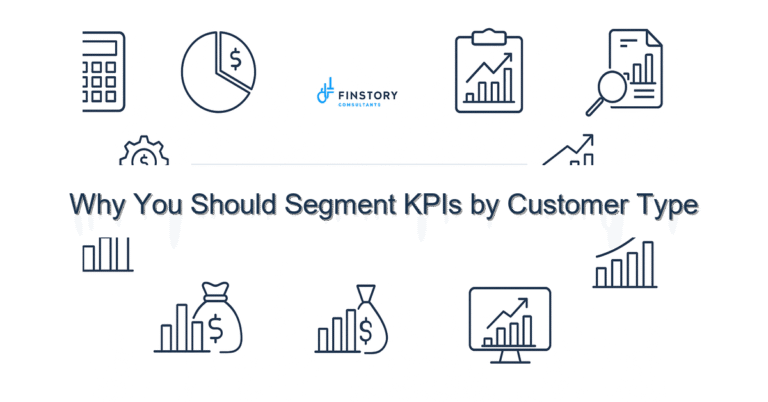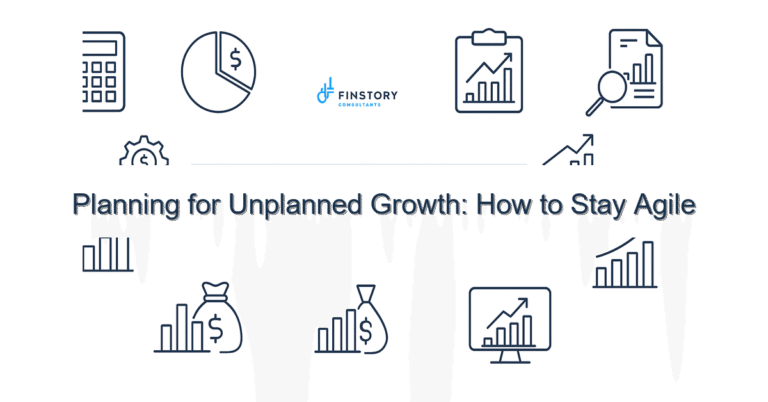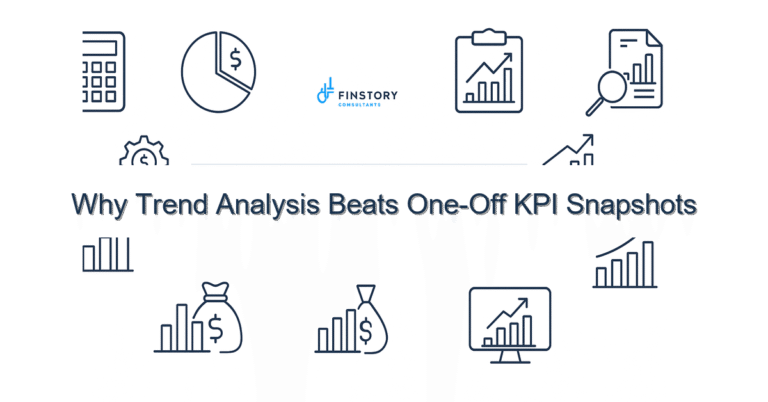How to Financially Prepare for Industry Disruption
Change feels personal. As a healthcare finance leader you’ve tightened budgets, justified headcount, and still woke up the week a new regulation or technology rewrote the rules. You’re not alone—and you don’t have to scramble every time the market shifts.
Summary: Get a practical, repeatable plan to financially prepare for industry disruption so your organization preserves cash, speeds decisions, and converts uncertainty into advantage. You’ll walk away with a three-step framework, a week‑one checklist, and measurable KPIs you can implement now.
What’s the real problem?
Disruption isn’t one big event. It’s a series of stresses—payment model changes, new competitors, staffing shocks, or regulatory shifts—that expose gaps in your financial planning and operational tempo. Preparing for industry disruption means building systems and behaviors that make your organization faster and safer under stress.
- Symptoms: monthly forecasts that are always behind the latest operational reality
- Symptoms: cash reserves tied up in low‑yield accounts with no contingency plan
- Symptoms: long budgeting cycles and slow scenario modeling when the board asks tough questions
- Symptoms: fragmented reporting—clinical KPIs live in one system, finance numbers in another
What leaders get wrong
Leaders often respond to disruption with one-off fixes. They increase buffers, pause projects, or slash discretionary spend—useful short-term moves but poor long-term strategy. Other common missteps:
- Waiting until a crisis to run scenarios. If modeling only happens during a downturn, insights arrive too late.
- Relying on gut instead of data. Intuition matters, but decisions without timely, accurate numbers carry unnecessary risk.
- Isolating finance from operations. Finance reports are treated as outputs, not inputs to operational decision-making.
A better approach
Think of financial preparedness as a capability you can build. The core: faster insights, flexible plans, and governance that supports rapid decisions. Here’s a three-step framework to financially prepare for industry disruption.
- 1. Build rolling scenario models. Move from static budgets to rolling forecasts with multiple scenarios (base, downside, upside). Make scenarios simple but comparable—revenue drivers, payer mix, staffing, and supply costs.
- 2. Create a liquidity playbook. Define triggers (e.g., cash runway < 90 days, AR days > 60) and pre‑approved actions (defer capital, access credit line, release contingency funds).
- 3. Shorten the decision loop. Standardize weekly leadership reports with two‑page “what changed” summaries, plus a one‑click dashboard for board-level scenarios.
Real-world story: One mid-size health system we worked with implemented rolling forecasts and scenario templates. During a local surge, they shifted elective procedures and reallocated staff within 10 days—avoiding an emergency loan and reducing forecast variance by 35% in the next quarter.
Quick implementation checklist
- Run a two-hour workshop with operations, clinical leaders, and finance to pick 3 scenario drivers this quarter.
- Publish a one-page liquidity playbook with thresholds and owners.
- Replace monthly static Excel forecasts with a weekly rolling view for the next 13 weeks.
- Set up one Power BI leadership dashboard: cash runway, AR days, FTE productivity, and backlog.
- Map three cost levers you can pull in 72 hours (temporary hiring freeze, vendor payment terms, deferrable capital).
- Create an automated report that sends variance explanations to executives every Monday.
- Run a tabletop drill: simulate a 15% outpatient revenue drop and execute the playbook.
- Document two KPIs you’ll improve in 90 days (forecast accuracy, decision cycle time).
What success looks like
Success is measurable. Track outcomes that prove your preparedness improves decisions and protects the balance sheet.
- Forecast accuracy improved to +/- 3% for revenue over rolling 13-week periods.
- Monthly close and reforecast cycle time reduced from 12 days to 5 days.
- Cash runway visibility extended to 120 days with automated triggers.
- Decision cycle time—time from scenario to approved action—reduced to 72 hours.
- Return on scenario planning investment: avoided emergency borrowing or reductions in care delivery costs equal to 2–5% of operating budget.
Risks & how to manage them
Preparing matters, but so does doing it well. Here are the top three risks and practical mitigations.
- Risk: Analysis paralysis. Too many scenarios stall decisions. Mitigation: Limit to three forward-looking scenarios and predefined decision rules.
- Risk: Siloed data leads to inconsistent answers. Mitigation: Use one source of truth for finance and link clinical metrics in dashboards; publish a data dictionary.
- Risk: Change fatigue among teams asked to do more. Mitigation: Automate reporting where possible, and stagger process changes with clear short-term wins.
Tools & data
Technology is an enabler, not a silver bullet. Focus on tools that accelerate accuracy and reduce manual steps.
- Finance automation for data ingestion and close management—free your team from copy/paste so they can analyze.
- Power BI or similar for leadership reporting: interactive scenarios, drill-downs, and scheduled distributions.
- Scenario modeling templates—ideally connected to your GL and operating systems—so assumptions update automatically.
- Embed leadership reporting into one weekly cadence: finance + operations review with standardized scorecards.
FAQs
Q: How much cash reserve is enough to financially prepare for industry disruption?
A: There’s no one-size-fits-all. Aim for a cash runway that covers your operating cycle plus decision time—commonly 90–120 days—then tie reserves to triggers that release actions earlier.
Q: How often should we run scenarios?
A: Weekly rolling scenarios for the next 13 weeks, and a monthly strategic reforecast for the next 12 months. Run ad-hoc scenarios when a material external event occurs.
Q: Can small finance teams do this without extra headcount?
A: Yes. Prioritize automation, reusable scenario templates, and a focused playbook. You don’t need more people—just better process and the right tools.
Q: What KPIs matter most during disruption?
A: Cash runway, forecast variance, AR days, FTE productivity, and decision cycle time. These give you a balanced view of liquidity, performance, and speed.
Next steps
If you want to financially prepare for industry disruption without the noise, start with one workshop and one automated dashboard. We’ll help you set the scenarios, implement finance automation, and build the leadership reporting cadence that actually gets used.
Read more about how to transform finance into a strategic partner, or explore our financial modeling services and finance automation offerings to get started.
Work with Finstory. If you want this done right—tailored to your operations—we’ll map the process, stand up the dashboards, and train your team. Let’s talk about your goals.
📞 Ready to take the next step?
Book a 20-min call with our experts and see how we can help your team move faster.
Prefer email or phone? Write to info@finstory.net
or call +91 44-45811170.
